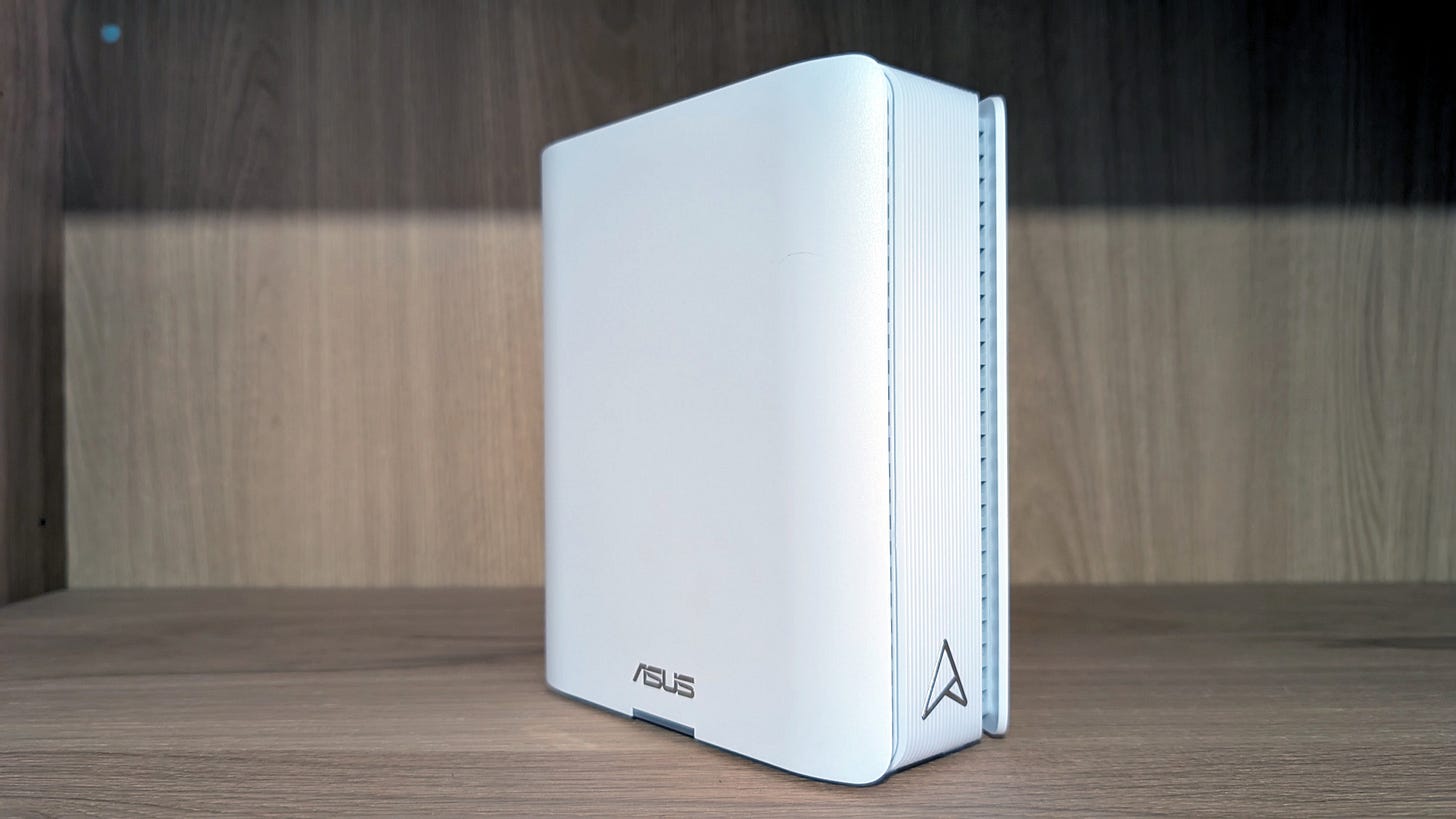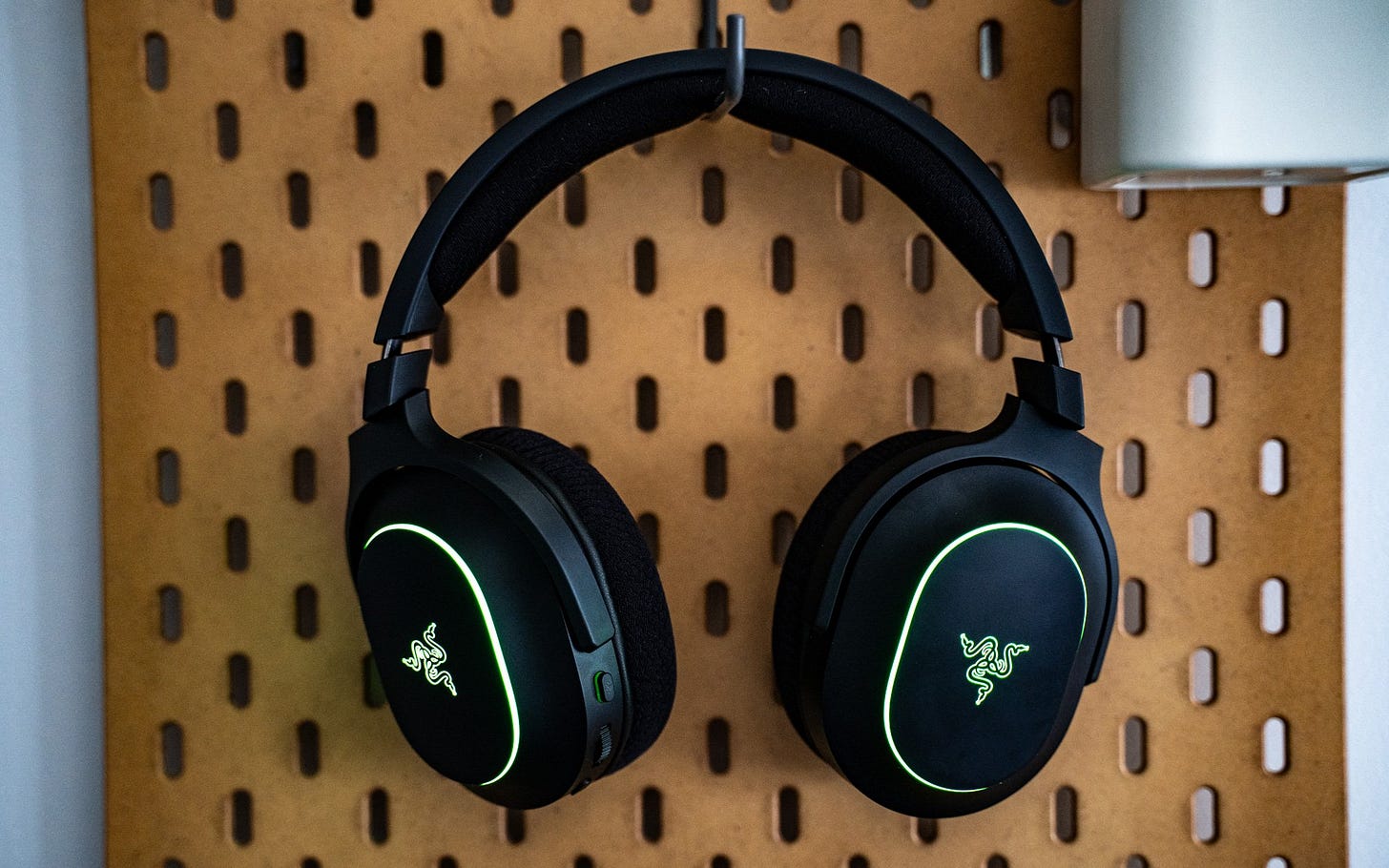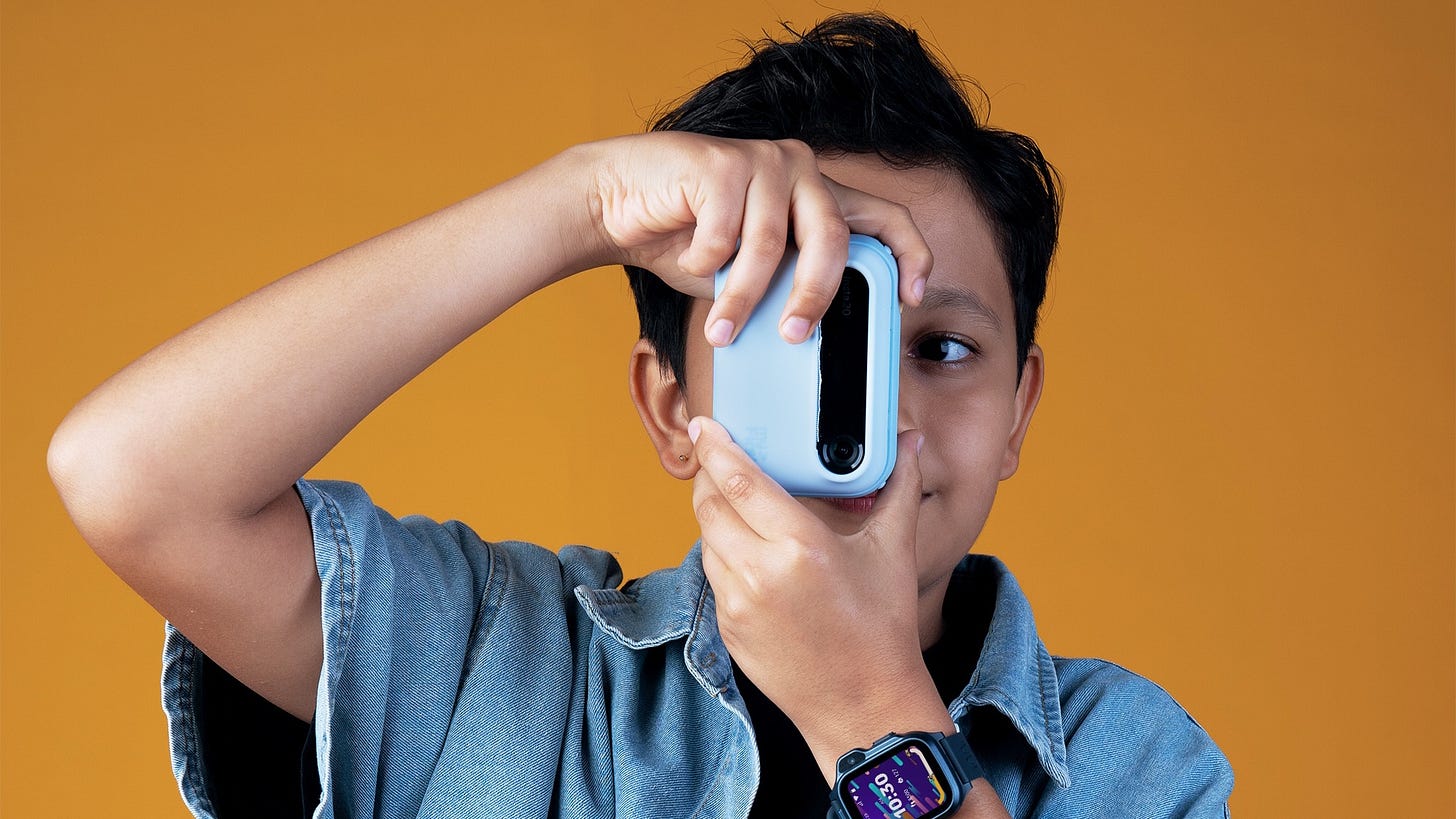Forget AI, the big 2025 upgrade is batteries
The new silicon-carbon batteries offer higher energy density

Smartphone makers will once again be banging the AI drum this year. However, there’s a major upgrade coming to phones this year that will probably go under the radar, but is arguably more impactful than yet another AI feature. We’re talking about smartphone batteries, or more specifically, silicon-carbon batteries.
Unlike existing lithium-ion batteries that we have been using for years, silicon-carbon batteries use silicon for the anode instead of graphite. The result is an increase in energy density. So you can have a higher-capacity silicon-carbon battery while keeping the same size. Or you could shrink the battery (and hence the smartphone) while retaining a similar capacity.
This new battery tech has been brewing quietly for several years now. Honor debuted the world’s first smartphone with a silicon-carbon battery back in 2023, and its latest Honor Magic7 Pro uses a third-gen 5,850mAh silicon carbon battery.
But these batteries are finally breaking into the mainstream this year. If you’re shopping for a China-made phone, that is. Besides Honor, other Chinese brands like Oppo, Vivo, and Xiaomi, are already using or will be using silicon-carbon batteries in their phones. Compared with last year’s phones, which typically hover around the 5,000mAh mark, the silicon-carbon batteries in the latest phones are around 6,000mAh. For example, new phones like the Oppo Reno13 5G and the Poco X7 Pro have a battery capacity of 5,800mAh and 6,000mAh respectively.
In my experience, a 6,000mAh smartphone will last close to two days for light users. And that was with the Asus ROG Phone 7, a two-year-old phone with a chipset that’s not as power-efficient as the ones in the latest phones. In short, even heavy users will be able to use their phones for the entire day, which is great news for those with battery anxiety.
Unfortunately, we probably won’t see silicon-carbon batteries in Apple and Samsung smartphones this year. After all, Apple is famously conservative at adopting new tech. Meanwhile, Samsung’s upcoming Galaxy S25 series is rumoured to have the same battery capacity as last year’s models, and will instead rely on AI to optimise battery life. But we’ll know about the S25 soon, with Galaxy Unpacked just over a week away.
This week, we tested Asus’ latest Wi-Fi 7 mesh router, an RGB headset from Razer, and an instant camera/photo printer for kids from local brand myFirst.
The Asus ZenWiFi BT10 is a good, solid Wi-Fi 7 mesh offering that’s slightly cheaper than the company’s flagship version. But the BT10 is still going to be more expensive than most Wi-Fi 6 mesh, though it has two 10Gbps ports that’s perfect for those who have a 10Gbps fibre broadband plan. Besides offering good performance, you’ll also get a ton of prosumer features, including a free security suite.
Razer Barracuda X Chroma adds RGB LEDs to the outside of the ear cups, but at the expense of battery life. Conversely, turning off the LEDs does give it a longer uptime than Razer’s previous Barracuda X headset, which could justify the upgrade. Audio-wise, the Barracuda headsets sound very similar, with a boomy bass and an excellent detachable microphone.
The myFirst Camera Insta 20 is a good starter camera to introduce photography (and instant printing) for younger kids. It has a second screen to liven up status indicators, and grab the attention of kids with animated emojis. There are also built-in frames and filters to jazz up the photos and the printouts, which are, however, only in black and white.






